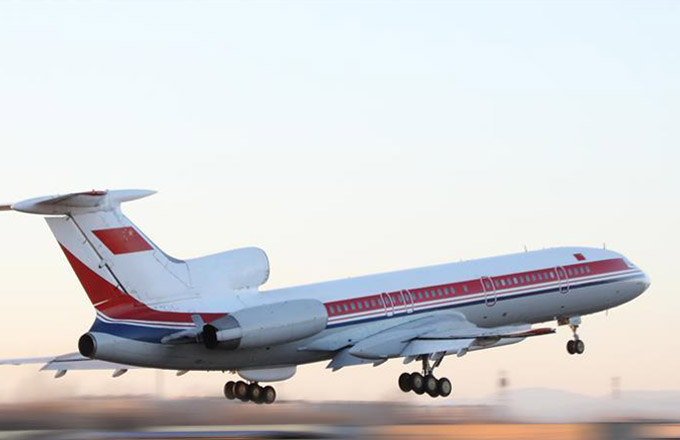Satellite data and machine learning used to map poverty
Researchers with Stanford University have used machine learning to extract information about poverty from satellite imagery of areas where ground-level data are unavailable.
"We have a limited number of surveys conducted in scattered villages across the African continent, but otherwise we have very little local-level information on poverty," said Marshall Burke, an assistant professor of earth system science at Stanford and co-author of a study in the current issue of journal Science.
"At the same time, we collect all sorts of other data in these areas - like satellite imagery - constantly."
In trying to understand whether high-resolution satellite imagery, an unconventional but readily available data source, could inform estimates of where impoverished people live, the researchers based their solution on an assumption that areas that are brighter at night are usually more developed, therefore used the "nightlight" data to identify features in the higher-resolution daytime imagery that are correlated with economic development.
However, while machine learning, the science of designing computer algorithms that learn from data, works best when it can access vast amounts of data, there was little data on poverty to start with for the researchers.
"There are few places in the world where we can tell the computer with certainty whether the people living there are rich or poor," said study lead author Neal Jean, a doctoral student in computer science at Stanford's School of Engineering.
"This makes it hard to extract useful information from the huge amount of daytime satellite imagery that's available."
The solution, according to Jean, was that their machine learning algorithm, without being told what to look for, learned to pick out of the imagery many things that are easily recognizable to humans, things like roads, urban areas and farmland.
And the researchers then used these features from the daytime imagery to predict village-level wealth, as measured in the available survey data.
They claimed that this method did a surprisingly good job predicting the distribution of poverty across five African countries, outperforming existing approaches.
These improved poverty maps could help aid organizations and policymakers distribute funds more efficiently and enact and evaluate policies more effectively.


















